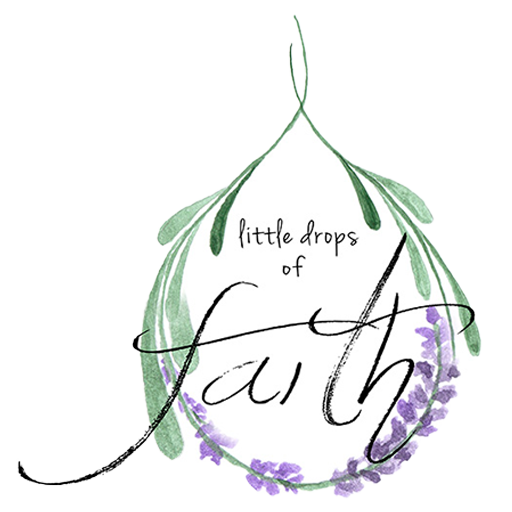Trendy Essential oils have actually been around for centuries! Join us as we learn about these ancient oils of the Bible.
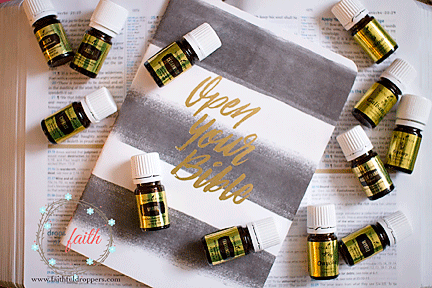
Lord, I pray that those who have found this page today will find your love, mercy, and sacrifice. May they leave filled with your joy and peace. ~Amen

I know oils seem to be the new and trendy way of home remedies, however, they are actually some of the original therapies dating back to Biblical times and even previous to that!
We most often will not find exact “recipes” on how to use these ancient oils of the Bible, because it would have been as common to the people of those times as it it is for the people of today to pop a pain med.
Let’s jump right into the thick of it as we journey into good Friday and begin with Hyssop.
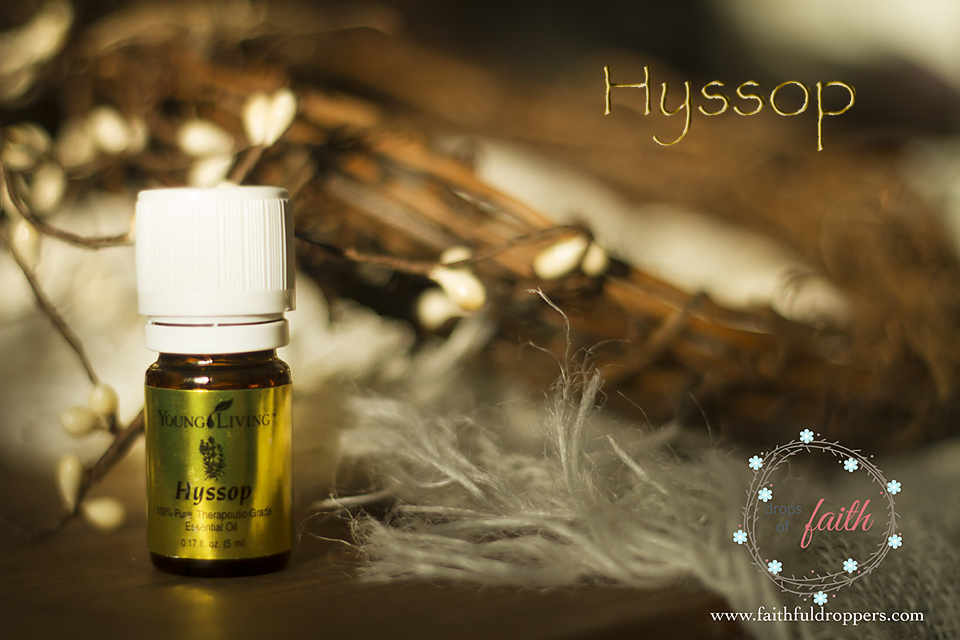
Exodus 12:21-22 “Then Moses called for all the elders of Israel, and said unto them, Draw out and take you a lamb according to your families, and kill the passover. And ye shall take a bunch of hyssop, and dip it in the blood that is in the bason, and strike the lintel and the two side posts with the blood that is in the bason; and none of you shall go out at the door of his house until the morning.”
Moses asked the elders of Israel to sacrifice a lamb and use a branch of hyssop to apply the blood of the lamb to the doorposts of their dwelling. This was the first Passover. The spirit of death was to pass through Egypt that night, killing all the firstborn sons of every household except those marked with the blood of the lamb. While the blood of the lamb saving the sons of the Israelites has strong significance for Christians… it is also interesting to note that the ancient Hebrews also believed that the scent of hyssop would repel evil spirits.
God’s instructions were to strike the lintel and doorposts, which would have bruised the hyssop leaves and released the scent of its oil. If you have a bottle of Hyssop go ahead and open it know. Image that aroma filling the village as you fell asleep that night.
To learn even more about Hyssop click here.
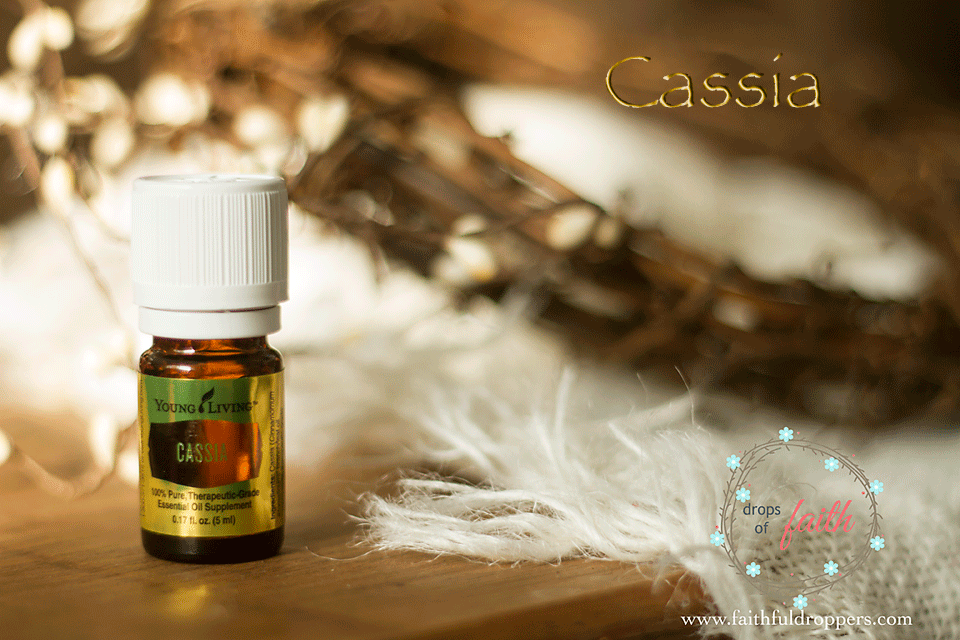
Exodus 30:22-25 “Moreover the Lord spoke to Moses, saying: Also take for yourself quality spices – five hundred shekel of liquid myrrh, half as much sweet smelling cinnamon, two hundred and fifty shekels of sweet smelling cane, five hundred shekels of cassia, according to the shekel of the sanctuary, and a hin of olive oil. And you shall make from these a holy anointing oil, and ointment compounded according to the perfumer. It shall be a holy anointing oil.”
This was Moses’ holy anointing oil. The Israelites obviously knew a lot about obtaining oils from plants. Just to give you an idea, a hin is equal to a gallon. That’s a lot of anointing oil! I bet the aroma was so sweet. I have a tiny sample of Cassia and I catch myself sniffing it a couple of times a day. The ingredients for the anointing oil were specific and exact, and the oil made by combining them could be used for no other purpose. This was taken very seriously. Thankfully, as Christians, we no longer live under those laws. Jesus came and paid our sin debt.
For us today, I believe this oil could be perceived as an illustration of the anointing God pours upon our lives. Each oil represents specific areas in our lives. I will just stick to Cassia in this post or this could get really long (and I don’t want you to fall asleep in history class haha). Cassia must be planted near water in order to survive. It’s branches retain moisture. Like Cassia, we also must be planted in the Living Water in order to experience the anointing of God. Just check out Jeremiah 17:7-8. Quick! Google it! How awesome is this? Other direct references to Cassia include Psalm 45:8 and Ezekial 27:19. I will save those for you to read on your own.
If you would like to learn more about Cassia click here.
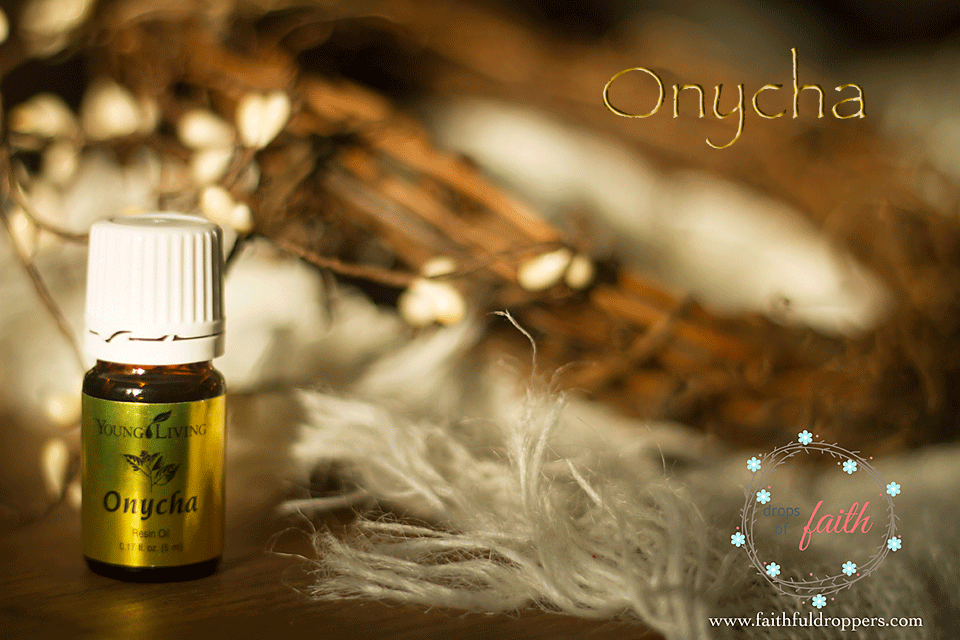
Onycha is one of the three oils that make up what is often referred to as the “Holy Incense Recipe”. Most commonly pronounced “Oh-nigh-ka”.
Exodus 30:34-35: “Then the LORD said to Moses, “Take fragrant spices–gum resin, onycha and galbanum–and pure frankincense, all in equal amounts and make a fragrant blend of incense, the work of a perfumer. It is to be salted and pure and sacred.”
I thought it was quite interesting that God tells them to combine the three with salt. The book of Numbers is one of many places in the Bible that mention salt used as a covenant with God.
Numbers 18:19 “Whatever is set aside from the holy offerings the Israelites present to the LORD I give to you and your sons and daughters as your perpetual share. It is an everlasting covenant of salt before the LORD for both you and your offspring.”
We no longer value salt like they did in biblical times, so this many get lost on us. However, salt was something of high value for its preservative qualities and God often called upon it in binding a covenant with Him. Jesus even told the disciples that they were the “salt of the earth” meaning they have great value in this earth and in preserving His name. In commanding His people to use salt, it speaks to me the value of these three precious materials being bound together for a specific purpose.
To learn more about this ancient oil of the Bible, Onycha click here.
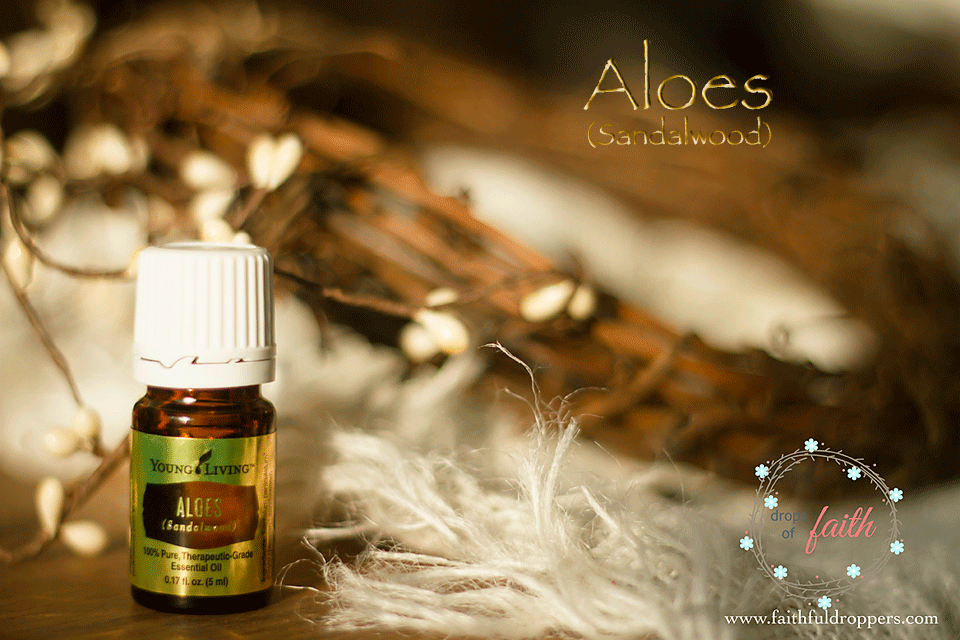
In history, Sandalwood is referred to as aloes or almug wood and sometimes as cedars. Sandalwood is a “parasitic tree”, meaning that it lives off the roots of other plants. For it to thrive, it has to have other plants near it so that it can receive the majority of nutrients it needs. It is a struggle for it to live which can lead to a life of distress. Now you would think that this would be a bad thing, given most of us avoid distress; however, a sandalwood tree in distress produces the highest quality oil. That’s right, the hardwood root is more strong and the oil is more therapeutic when the tree is dying after a full life. So a tree that has undergone trials produces the best oil…Just let that one sink in… Young Living will wait until the end of the tree’s natural life to harvest the oil to give us the BEST sandalwood essential oil!
Reading the Bible and knowing what we now know about the the strength and fragrant influence of the sandalwood tree, I find it so fascinating how and when this tree was used. It is a fragrant oil that is referenced in the Bible along with Frankincense, Myrrh, and Cedarwood as oils of joy or gladness. Taking what we know about the fragrant influence of Sandalwood, it makes perfect sense that it is used this way in the bible. It is also a very valuable oil, considering how it’s distilled at the end of it’s life to get the most therapeutic oil. When Nicodemus and Joseph of Arimathea brought aloes and myrrh to bury Jesus, as was custom, the estimated amount of oils (75 – 100 lb.) would have been worth $150,000-$200,000 in today’s market. The amazing value of these oils shows their respect and reverence for their Lord must have been great.
To learn more about this ancient oils of the Bible, Aloes – Sacred Sandalwood click here.
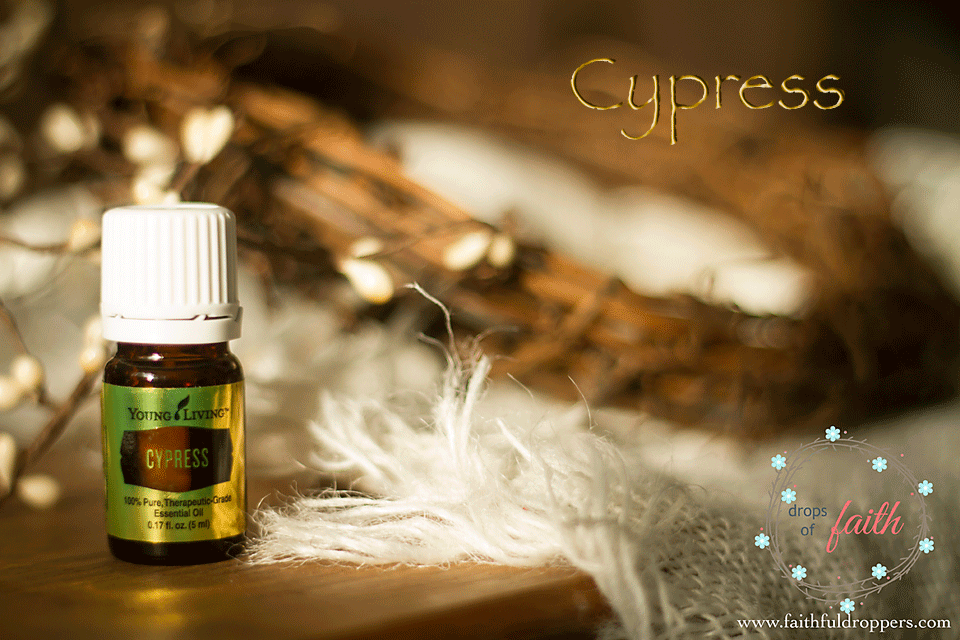
Isaiah 14:4 “Indeed thecypress trees rejoice over you,
And the cedars of Lebanon,
Saying, ‘Since you were cut down,
No woodsman has come up against us.’”
In Genesis 6:14, God told Noah to make the Ark of gopherwood.
“Make yourself an ark of gopherwood; makes rooms in the ark, and cover it inside and outside with pitch.”
Although gopher is a transliteration of a Hebrew word whose meaning is unknown, it is believed that Gopherwood is that of the Cypress or Pine trees.
The cypress trees are mentioned throughout the Bible in many different verses from 1 Kings to Zechariah. I chose to quote Isaiah, because it just spoke out to me. The trees, along with the people of God, worshipped and followed Him. In Isaiah, after the fall of Babylon, not only did the people rejoice, but the living earth did too.
It is not just the inhabitants of the earth, and in particular the people of God, who rejoice over Babylon’s downfall, but even the trees, which had been felled to produce siege works.
Cypress trees were used throughout the bible to build, not only the ark, but the doors, walls and floors of temples. In 2 Chronicles 3:1 Solomon began to build the house of the LORD at Jerusalem on Mount Moriah. It is written in 2 Chronicles 3:5 “The larger room he paneled with cypress which he overlaid with fine gold…”
To read more about this Ancient oils of the Bible, Cypress click here.
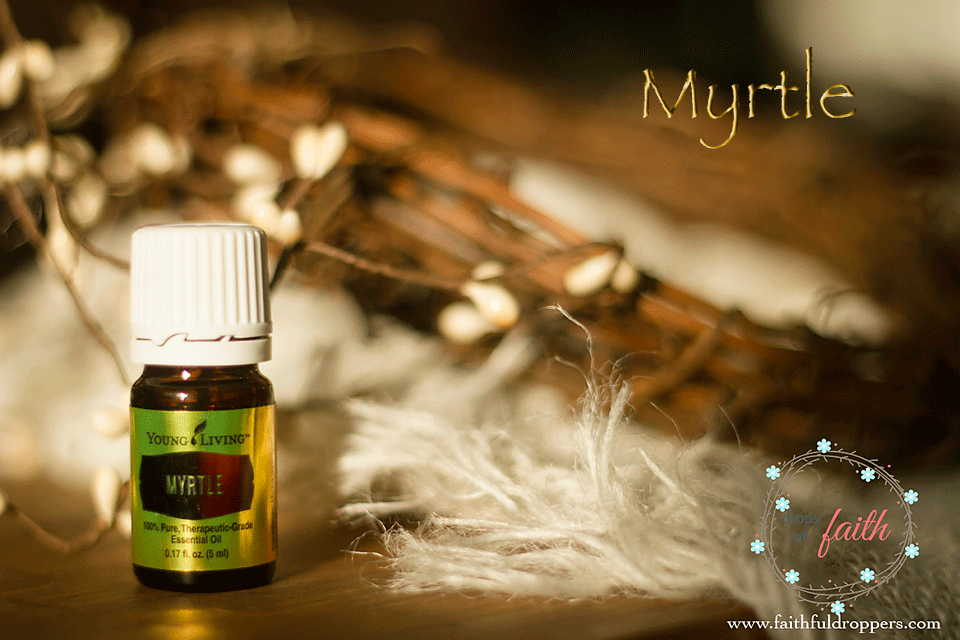
“Fruit trees of all kinds will grow on both banks of the river. Their leaves will not wither, nor will their fruit fail. Every month they will bear, because the water from the sanctuary flows to them. Their fruit will serve for food and their leaves for healing.” —Ezekiel 47:12
When I first heard the name Myrtle my mind instantly began drawing a mental image of an elderly woman: gray hair, wrinkled skin, slightly humped back, and you better believe with a name like Myrtle her attitude lacked something to be desired and small children were afraid of her. Let me just say that my mental image has totally changed. After digging in to the Bible and pulling reference after reference to the “Myrtle tree, or just Myrtle” I can now say that Myrtle is unlike anything I had imagined. She is kind, soft and gentle, she has an unshakeable faith in The Lord, and when you lean in to hug her she has a pleasant floral aroma. Instead of children fearing her they rush to her for the sweet treats that she carries in her pockets. I don’t know what you had pictured when you heard the name Myrtle, if it was similar to my first uneducated image or more of my biblical image, but lets take a trip through some verses in the Bible and dig a little deeper in to the word and show you how my image was changed.
It all starts with Esther. When reading the story of Esther you will not see the mention of myrtle. But, after some research I discovered that “Hadassah” in Hewbrew means Myrtle. The Hebrew word Hadas means Myrtle Tree, the ending “sah” makes it feminine leaving us with the name Hadassah. The myrtle tree is know to have a pleasant fragrance and Rabbi Edels stated that “man is like a tree of the field” therefore the righteous are called myrtles, likened to a good tree with a pleasant smell. Esther was called Hadassah because the righteous are called myrtles. Like in Zechariah 1:8, “And he was standing around the myrtles” in one bible commentary it is thought that the myrtles are referring to the prophets Hananiah, Mishael, and Azariah (which are actually Shadrach, Meshach, and Abednego) using their given names at circumcision which all had meaning that represented The Lord. Those three prophets were righteous and so referred to as myrtles. It is also stated that myrtles have a sweet smell and a bitter taste, so too Esther was good and listened (“sweet”) to the righteous Mordechai, and was adverse (“bitter”) to the wicked Haman. The name Esther in Hebrew is derived from “Hester” meaning hiddenness. Esther was referred to by both names, Hadassah and Esther—Opposites. Calling her by both names represents the self-sacrifice she displayed in order to save the Jewish Nation. A righteous woman, brought Godliness down to the physical world, where Godliness is concealed.
For more info on this ancient oils of the Bible, Myrtle click here or here for more of its uses.
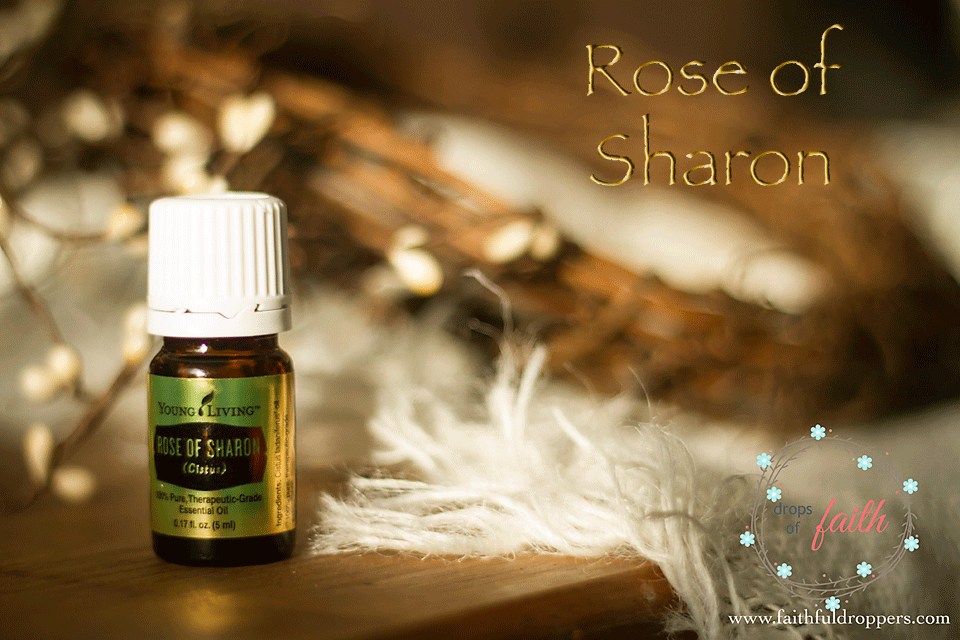
The Rose of Sharon was first mentioned in the Bible in the Song of Songs by Solomon chapter 2 verse 1. The speaker, the Beloved, says, “I am the Rose of Sharon, the Lily of the Valley.” Jewish scholars believe that the Song of Solomon is a picture of the love between Christ and the church. If that is true, then Christ is the Rose of Sharon.
Sharon was a coastal plain in the northern half of Israel. For Isaiah, the Plain of Sharon was the ultimate symbol of beauty. So, in Isaiah 35:1, “The wilderness and the wasteland shall be glad for them, And the desert shall rejoice and blossom as the rose;” Isaiah was probably speaking to the beauty and splendor of this area being covered by this elegant white flower known as Cistus or Rock Rose. What a magnificent symbol of Christ with his purity and beauty. Not only that, but in ancient times shepherds would rub the dark resin from these plants onto their scraped and cut hands and their wounds would heal faster. So, the Rose of Sharon was white and pure, beautiful, grew in a rocky or sandy soil showing its strength and resilience, and it was believed in ancient times to have healing powers. The Rose of Sharon sounds like Jesus Christ to me!
To read more this Ancient oils of the Bible, Rose of Sharon aka Citus click here.
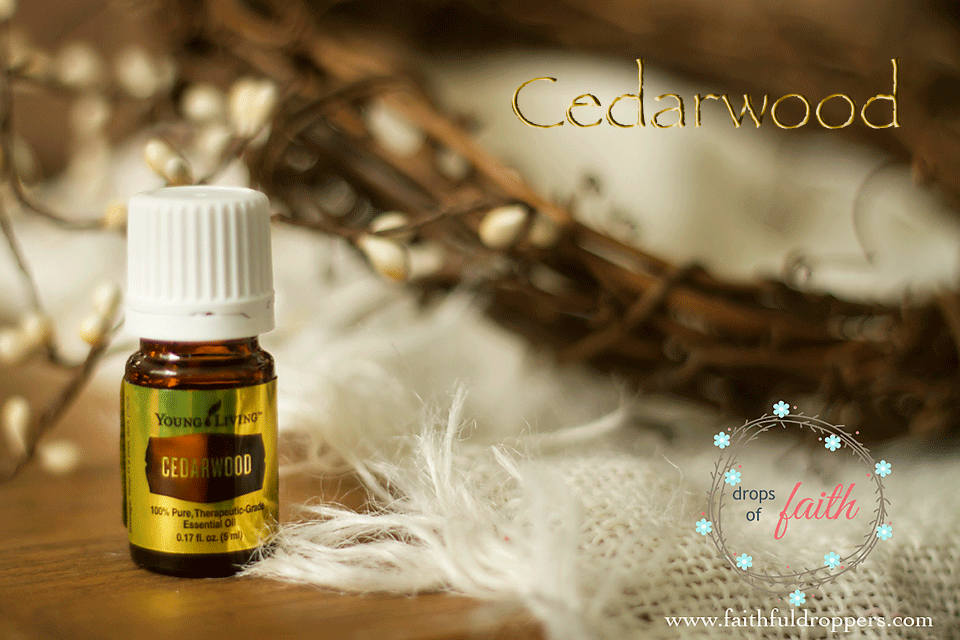
Most closely related to the biblical Cedars of Lebanon, the Cedar wood (Cedrus atlantica) that is used by Young Living comes from Morocco and the United States.
The essential oil of Cedarwood is steam distilled from the bark of the tree. It has a soothing, sweet and woody scent that promotes relaxation, stability, and purpose. It is estimated that it takes approximately twenty-nine pounds of dried plant material to produce one pound of cedar wood essential oil.
Biblically, Cedarwood oil was possibly the first essential oil to be extracted form a plant. The first documented use of cedar wood oil was by the ancient Egyptians two to three thousand years before the birth of Christ. They used cedar wood oil in the mummification process, as well as to ward off infections. Long considered a sacred plant, Cedarwood has held a special pace among the religions and medicines of many different cultures. In temple building, it was used by the Asians as well as by Solomon in the temple at Jerusalem. The Tibetans not only used it as medicine, but because of its intensely pleasing fragrance also used it as sacred incense, as did most of the ancient world.
To read more about this Ancient oils of the Bible, Cedarwood click here.

After walking up the hill to Golgotha, prior to being nailed to the cross, The Gospels of Matthew and Mark tell us that he was offered a mixture of wine mixed with Gall, which Mark defined as Myrrh. Matthew says, “but when he tasted it he could not drink it at all.” Mark says, “but he did not take it.” In The Healing Oils of the Bible, we are told that this could have been another form of torture. Research has been shown that Myrrh mixed with wine is so bitter it could not be consumed. The level of thirst that Jesus must have experienced after his beating and walking up to Golgotha must have been great. To be offered something to quench thirst, that could not be drunk, must have been torturous. [Matthew 27:34] [Mark 15:22-23]
To read more on Jesus’ “journey to the cross” click here.
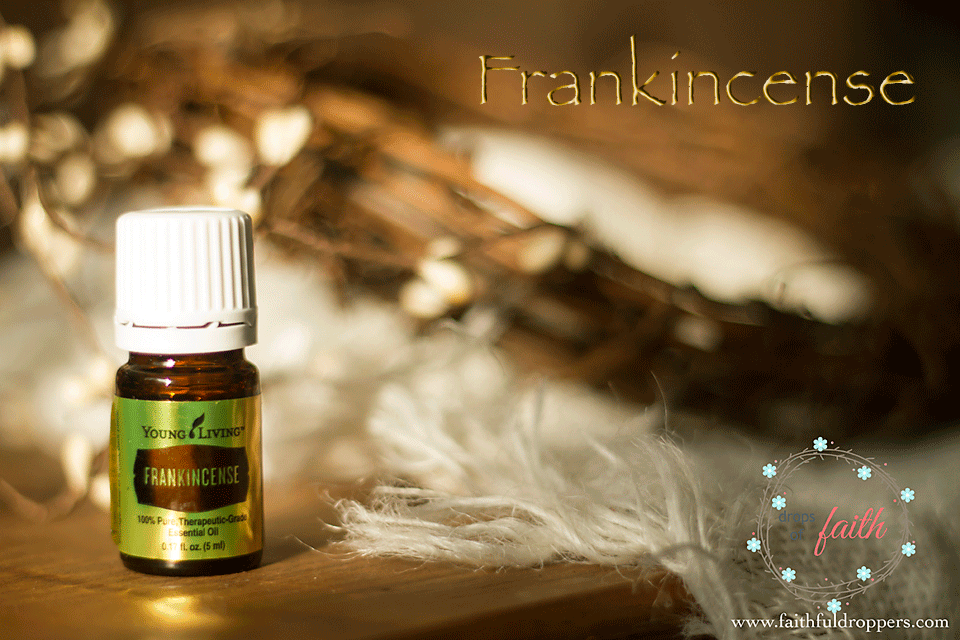
Frankincense is probably the one Ancient oils of the Bible we have all heard about. You may have fond memories of being gathered around your Christmas trees and hearing about the birth of Christ and the gifts the wise-men brought Him; one of which was Frankincense. Frankincense is considered a holy, anointing oil. It is stillused and diffused in churches today. Because of it’s holy background, Frankincense is great to diffuse while reading your Bible, praying, or to wear to church. It helps center and focus our mind on Christ.
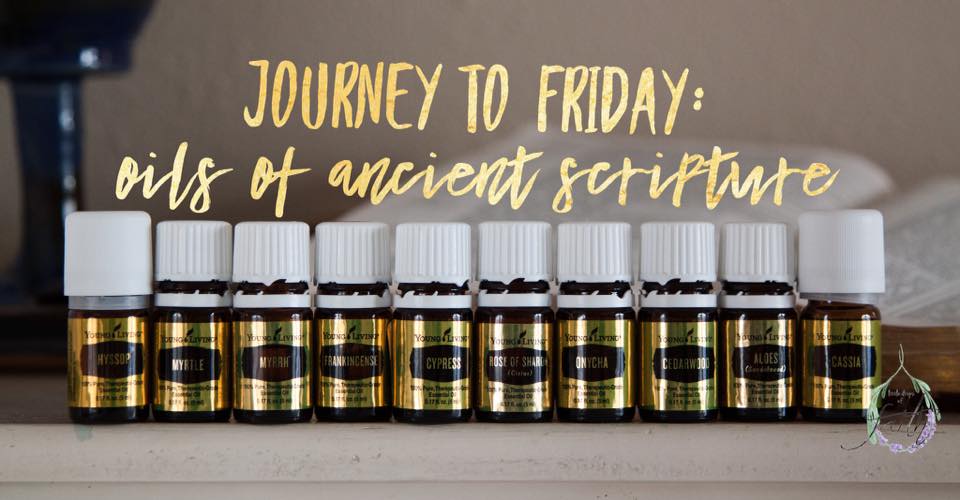
Precious friends, thank you for journeying with us through these ancient oils of Scripture. If you have more questions about our Lord and Savior please reach out to us!
If you are interested in getting your hands on these amazing Ancient oils of the Bible head on over to our getting started page.
May God bless you and fill you with a peace that you can’t find anywhere else!
Love & prayers,
Donna Wysong and the Little Drops of Faith team
